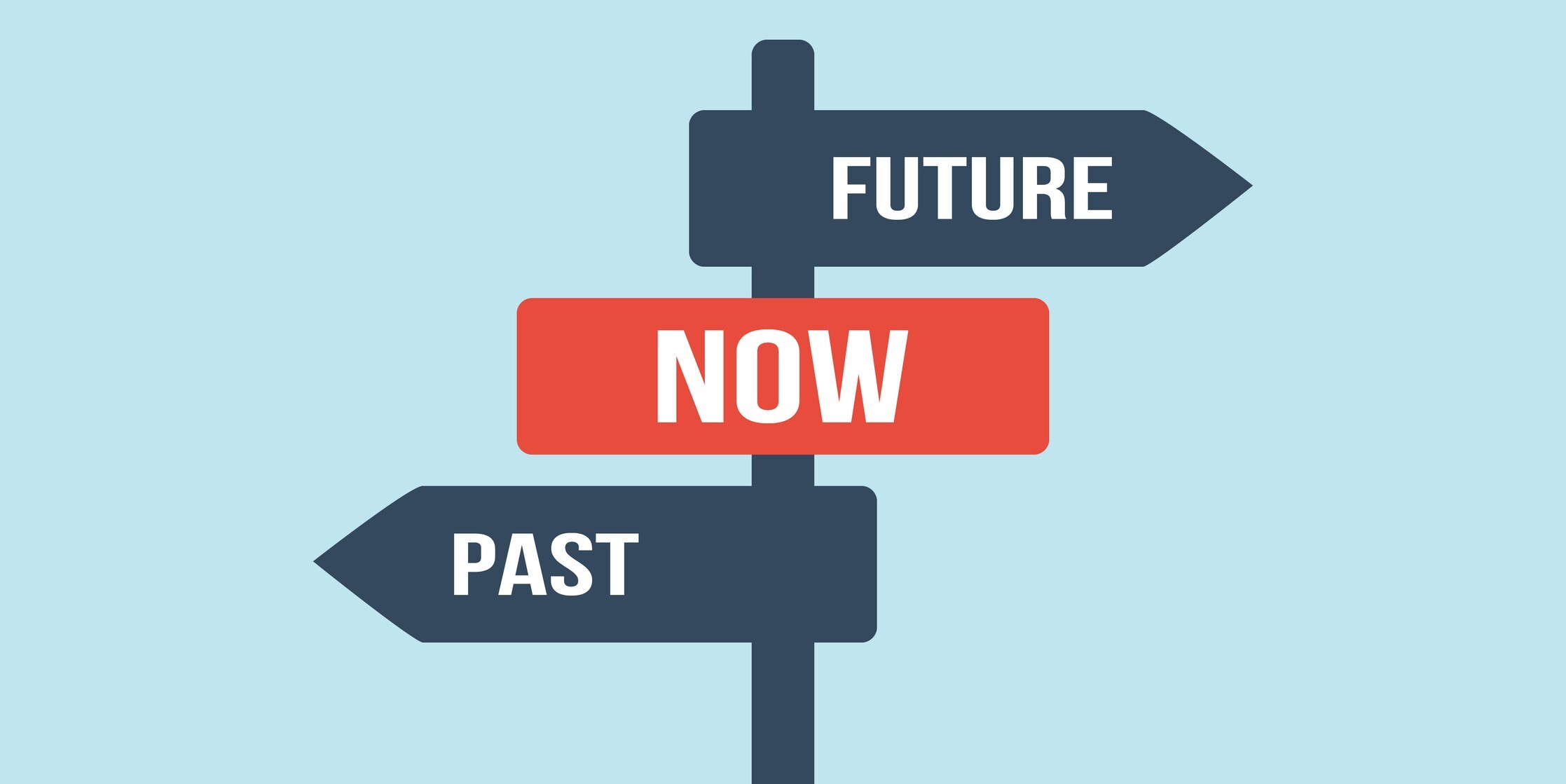If your company runs its operations on a legacy system, you may be concerned about security risks, potential business disruption, and the time it may take to train employees on new software. In this article, we’ll take a closer look at the process and show these risks can be mitigated with careful planning.
We’ll explore how moving your business processes to a state-of-the-art document management system (DMS) results in quantifiable gains in productivity, data security, employee engagement and customer satisfaction. Our focus is on moving to the cloud. Migrating to a modern on-premises system is also an option.
Table of Contents
- Why migrate your legacy document management system?
- Key steps for a successful migration
- Executing the migration
- Common pitfalls to avoid
- Conclusion: Achieving a smooth transition
Why migrate your legacy document management system?

Migrating from a legacy system involves transferring data from aging software that, while still operational, can’t support the adoption of innovative technologies. Legacy software also tends to be rigid and have limited functionality. Eventually, this inflexibility will become a barrier for your business.
In addition, many of these legacy applications are no longer supported by their original vendors. While some organizations may continue to maintain them for years after official support ends, this is not a sustainable long-term strategy. Eventually, both updates and customer support will not be available, rendering the application obsolete.
Despite this, legacy applications are often deeply embedded within business workflows, leading organizations to continue to use them. Typically, this choice is driven by the desire to ensure business continuity and avoid the disruptions and downtime that can accompany system upgrades or replacements.
The primary drivers for system migration include:
- The legacy system no longer meets functional requirements.
- Time-consuming software maintenance and frequent system failures strain IT resources.
- Security vulnerabilities due to legacy software’s outdated safeguards.
- A desire to take advantage of advanced technologies that deliver superior performance.
- The legacy software doesn’t work with the latest version of other business software the company uses.
- The most current servers and other hardware aren’t compatible with the legacy system.
- The system is so outdated that vendor support is no longer available.
Benefits of upgrading to a modern DMS
Your organization’s legacy system once served you well. But it’s likely that it can’t cope with the demands of today’s data-centric, fast-paced business environment or take advantage of new technologies such as AI and machine learning. Migrating to a modern, feature-rich DMS enables your company to take full advantage of these advancements.
Key steps for a successful migration

Assess your current document repository
Start with a thorough analysis of your current data — this will enable you to pinpoint what needs attention and guide your efforts.
Identify document types and evaluate importance
Compile a comprehensive list of all databases, applications, and files that will be part of the migration. Include relevant details such as source, data type, volume, format, and any unique fields. Weigh the importance of each category so you can prioritize which ones to migrate first.
Audit for data quality and compliance
Employ robust encryption protocols for both data in transit and data at rest. Ensure all activities are compliant with applicable data privacy laws and perform routine security audits. Establish stringent access controls and continuously monitor migration activities to detect and prevent unauthorized access.
Plan your migration strategy
Analyze your business needs to choose the migration strategy that meets your criteria. You may decide to move everything at once, in sections, or gradually over time. Your decision should be based on the volume and complexity of your data and your organization’s tolerance for downtime and risk.
In addition, develop a detailed plan for how you will confirm accuracy by defining your method and highlighting important checkpoints. Outline the stages of testing and define how you will track and evaluate progress.
Ensure all stages of the migration are carefully documented, including the technologies employed, mapping strategies and how obstacles were overcome. Log each data transfer process in detail, noting any problems along the way. Provide clear documentation of the mapping process and any data transformations carried out during the migration.
Set clear goals and timelines
Evaluate your current document management processes, challenges, and objectives, gathering input from key stakeholders across departments. Then, clearly outline your goals and requirements.
Lay out all major milestones and deadlines for each stage of the migration process. Base your resource planning on your pre-migration assessment. Define each project phase — from initial data review to final validation — and allocate the right people and resources to complete each step.
Establish a schedule for every major activity, including data cleansing, mapping, testing and the final launch. Implement systems to monitor progress, report issues, and escalate urgent tasks as needed.
Allocate roles and responsibilities
Your project team should include:
- A senior executive who will be the project champion.
- A project manager who coordinates activities and keeps the initiative on track.
- IT team members who are familiar with managing the legacy system and can help determine the technical requirements.
- A security expert who will ensure that security and regulatory requirements are met.
- Department directors and managers who will be supervising their staff’s transition to the new DMS.
- Frontline workers who can provide input about which improvements will have the most impact on productivity.
Prepare your data for migration
The process starts when project team members compile a comprehensive list of all workflows, databases, applications, and files that will be part of the migration process. For each document relevant details such as data type, volume, format, and any unique fields.
Other important steps include:
Data cleansing and deduplication
Data cleansing involves finding and correcting or eliminating inaccurate, corrupted, improperly formatted, duplicate, or incomplete entries within a data set. A high-level overview of document types and the amount of data to be migrated should be conducted. It’s also the right time to decide which data isn’t needed and will not be migrated to the new system.
Metadata mapping and organization
Data mapping is the process of matching data fields from one system to another to ensure information is accurately transferred. It defines relationships and rules that govern the interchange between the original and new data structures, ensuring data quality during migration. For example, it links a “vendor name” field in your legacy system to a “vendor company” field in the new platform, enabling consistency.
Choose a migration partner
When deciding between handling the migration in-house development and outsourcing the project to your vendor’s professional services (PS) team, consider your organization’s priorities. Managing the project internally gives you more control, but it can be costly and resource intensive.
Working with your software vendor, on the other hand, can reduce expenses, shorten timelines and minimize risks. By collaborating with an experienced third-party provider, you gain access to specialized skills without the need to recruit or manage additional staff. Their experience with other migrations helps your organization avoid common pitfalls and shortens the overall learning curve.
Look for a DMS vendor with a proven track record of success in your industry. This matters more than most people think. A partner must be able to deliver what they promise, and provide you with references from satisfied customers as evidence of their capabilities and competence
Common pitfalls to avoid

Overlooking data cleansing
It’s more effective to perform data cleansing to find and remove outdated or unnecessary data before migrating to the cloud. Cleaning data after migration is far more time-consuming and inefficient, so it’s better to do it in advance.
Skipping this step increases the likelihood of duplications or mislabeling. If data integrity is compromised, any resulting analyses or reporting will be unreliable. Poor data quality will increase the chances of costly delays.
Not communicating change
Don’t underestimate the importance of communicating the benefits of the new system to employees and provide resources to support its adoption. Building this understanding is critical for successful change management. Even employees who are hesitant to leave their legacy system behind can be brought on board.
Emphasize how these changes will make their daily work easier or more rewarding. Some employees may be skeptical of efficiency initiatives, fearing job cuts or an unwanted change in their job responsibilities. Address these concerns up front by showing how migration will eliminate repetitive manual tasks and make their jobs more varied and interesting.
Ignoring compliance requirements
Moving confidential data between systems introduces potential security vulnerabilities, including the risk of data breaches or unauthorized access. It is critical to secure information during transfer and remain compliant with data privacy regulations.
Compliance requirements should be treated as an integral part of the project. The DMS processes and procedures related to data privacy or federal, state or industry regulations should be based on business rules targeted to supporting compliance.
We’ve watched many organizations transform their customer experience by investing in the right technology. Essential tools include customer relationship management (CRM) systems, marketing automation platforms, customer service software, and increasingly, document management software (DMS). These solutions work together to centralize information, automate processes and ensure that every team member has the data they need to deliver seamless experiences. Executing the migration
Running a pilot migration
Before rolling out your new DMS use a pilot environment to test and confirm your processes. Make testing a priority. Frequent testing helps prevent unexpected problems that could disrupt your operations.
Before deployment, use sample documents to test the system and provide hands-on training for your IT team and power users. Address any issues as they arise and show progress at regularly scheduled status meetings.
Migrating documents and metadata
Avoid simply transferring everything stored in your legacy system. Define what is absolutely necessary for the new system and exclude or archive the rest. This is a valuable opportunity to address compliance issues related to enforcing data retention schedules. Use the migration process to put clear rules in place, ensuring you’re not burdened with unnecessary or outdated information in the future.
Before migrating, optimize the new system’s structure and metadata. Skipping this step can result in disorganized and inaccessible data in the new environment.
How DocuWare Reduces IT Complexity
Nucleus Research found that DocuWare's IT expertise and outstanding support ensured success.
Dowload the report!
Post-migration best practices
Ongoing data quality checks
Establish an ongoing monitoring system to ensure the new cloud environment is functioning as expected. Set up alerts to quickly flag major issues for immediate action. Regularly track important indicators like system uptime, data integrity, and user satisfaction to catch potential problems early. Develop clear procedures and rules for correcting data issues and put validation steps in place to ensure your data integrity after migration.
Training staff and change management
Making sure your executive team is fully committed to the success of the project is one of the keys to a smooth transition to your new DMS. These business leaders must be able to lead and support the change. It’s also important to gather feedback from employees who handle day-to-day tasks, as they often have valuable insights. Bringing in an outside expert, such as an office automation consultant or vendor, can help your leadership team understand what can be achieved both now and in the future.
Remember to keep technical documentation current, since your cloud-based system will change over time. Include your initial findings, reasons for design choices and system settings. It’s also important to specify who handles system administration, so everyone knows where to go with questions
Ensuring compliance and security
Compliance requirements should be part of the system scoping because importing data is only part of the process. Compliance processes and procedures should be built before data import occurs.
Conclusion: Achieving a smooth transition
By taking the steps we’ve outlined, you can migrate to a cloud DMS, like DocuWare, successfully and unlock the full potential of modern document management. Cloud document management systems offer many benefits for businesses, including cost savings, increased productivity, scalability, and security that meets and exceeds industry standards.
Learn more about the essential components of a seamless transition to state of the art cloud from DocuWare digital process experts. Request a demo.



